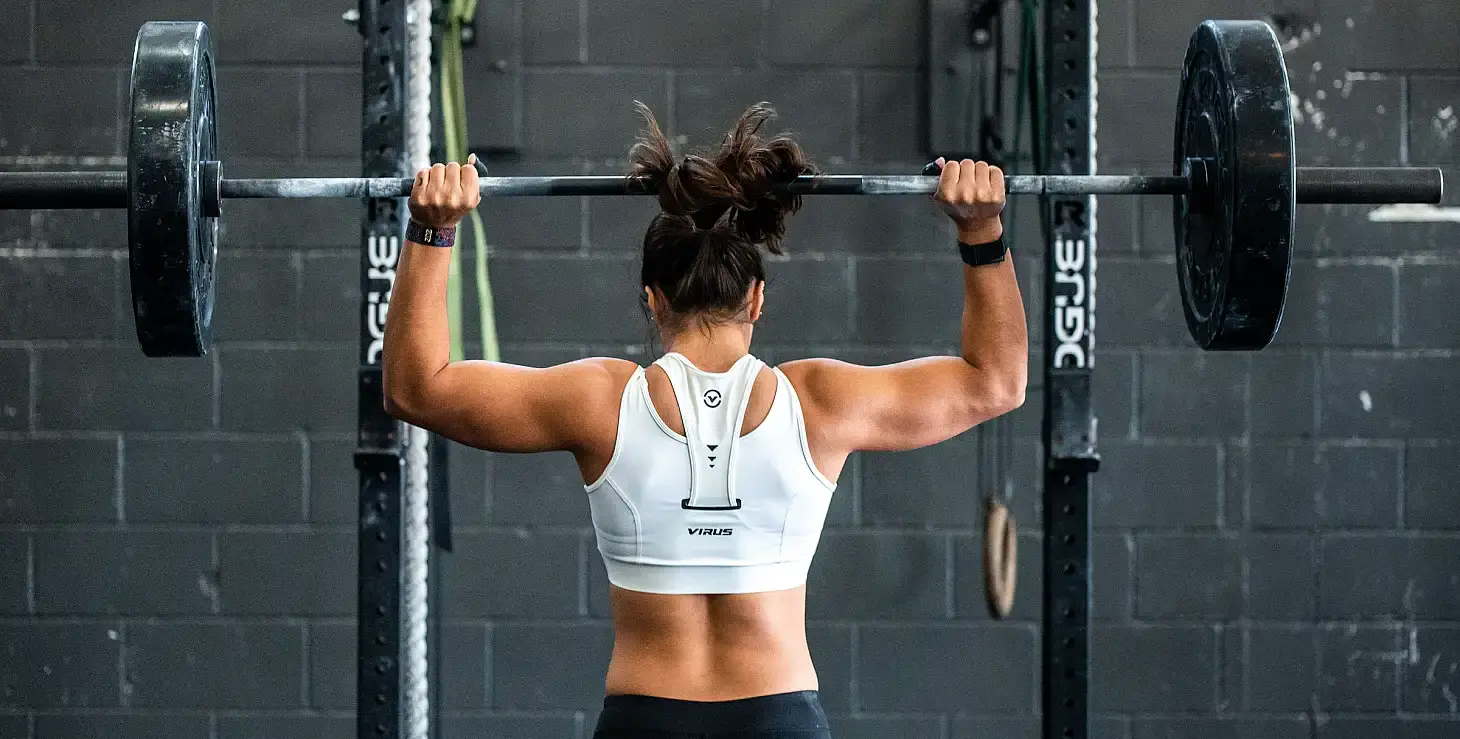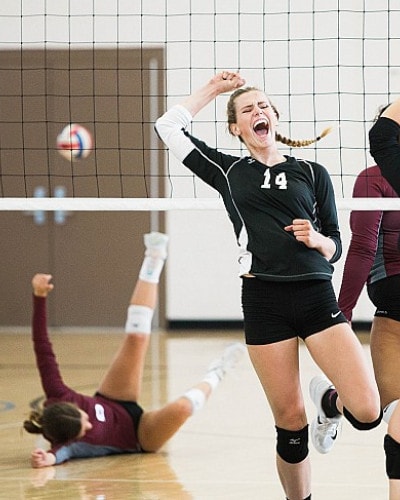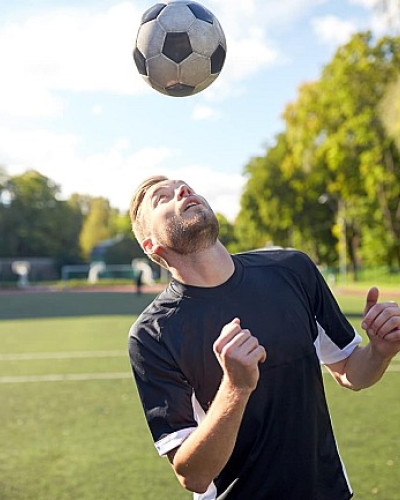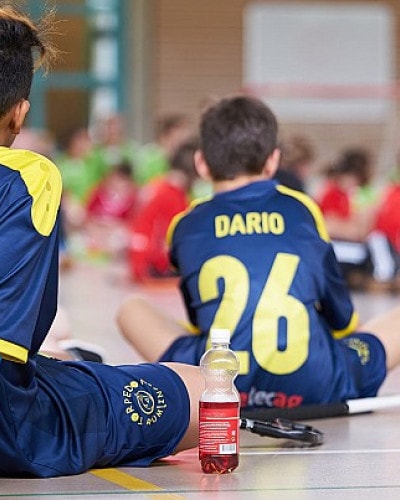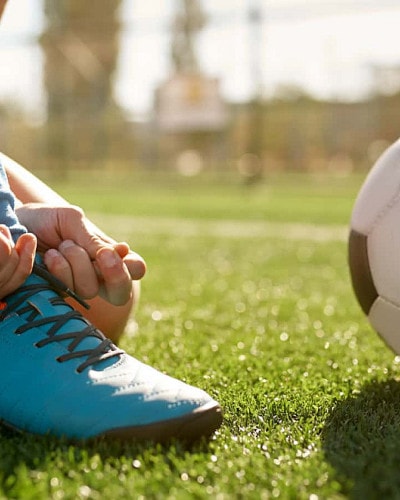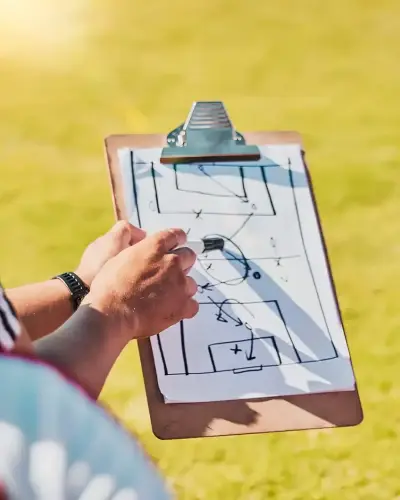Athletic Training in Team Sports – Why, What, and How?
With the increasing intensity of team sports, the physical attributes of strength, speed, and endurance have become more crucial than ever. These qualities form the foundation for performance and success and are systematically developed through athletic training. A well-conditioned athlete can make the difference—maintaining high performance in the final stages of a match, winning duels, and reacting that crucial split second faster.
The Role of Athletic Training
Athletic training serves two primary purposes:
1️⃣ Enhancing Physical Performance
2️⃣ Preventing Injuries
These two aspects go hand in hand: Increased physical strength and fitness contribute to injury prevention. A stronger, more resilient athlete is less prone to injuries and better equipped to handle physical demands (1).
Beyond performance benefits, improved athleticism also enhances technical and tactical skills. An athlete who delays fatigue can maintain their optimal technique and tactical awareness for longer periods. Additionally, a player who experiences fewer injuries can participate in more training sessions, further refining their skills and availability for competition (1,2).
Needs Analysis & Training Profile
Athletic training should not merely mimic sport-specific movements but rather develop the fundamental physical abilities that underpin these movements. The latest fitness trends are irrelevant; instead, the focus should be on:
✅ Strength, speed, and endurance tailored to the sport’s unique demands
✅ Periodized training according to the season’s phases
✅ Targeted conditioning based on a needs analysis
A needs analysis helps determine the exact physical profile required for a specific sport. This includes:
🔍 Physiological and biomechanical characteristics
⚡ Energy systems and heart rate zones
💥 Dominant movement patterns (e.g., pushing, pulling, jumping, rotation, hip/knee extension)
⏳ Load durations and frequencies
🏋️ Force production magnitude and speed
🦵 Muscle groups involved
🚑 Injury risks and patterns
Additionally, individual athlete assessments should be conducted, incorporating:
- Performance data from field tests
- Training history
- Injury history
- Personal goals and weaknesses
By systematically improving these factors, players develop a stronger foundation and unlock higher performance potential on the field.
Training Methods & Exercises
Athletic training is not just about strength—it is about applying that strength effectively in sports scenarios.
🏋️ Strength Training & Power Development
- Compound movements like deadlifts and squats build hip and knee extension strength—critical for sprinting and acceleration.
- Single-leg variations improve balance, stability, and coordination.
- Jump training & plyometrics develop explosive power.
🏃 Endurance & Conditioning
- Interval training optimizes energy system efficiency for the demands of a match.
- Sport-specific drills simulate game situations and fatigue management.
⚖ Injury Prevention & Balance Training
- Targeted mobility & stability work corrects imbalances and compensations.
- Core strength & proprioceptive exercises reduce risk of overuse injuries.
Who Needs Athletic Training? When Should It Start?
Every player benefits from structured athletic training—from professionals to amateurs and even beginners. Building and maintaining physical health, strength, and resilience is essential for all levels of athletes.
Ideally, the foundation for athletic development is laid during youth training. A long-term athlete development (LTAD) approach provides a structured framework based on age and development stage:
🧒 Youth Athletes (Fundamental Stage)
- Basic motor skills (running, jumping, throwing, hand-eye coordination)
- Body control & movement competence
- Playful, multi-sport exposure
👦 Teenagers & Developing Athletes
- Gradual strength & power development
- Technical refinement & movement efficiency
- Sport-specific conditioning
🏆 Advanced & Professional Players
- Maximal strength & power optimization
- Fine-tuning of energy systems
- Injury prevention & recovery strategies
For older players starting athletic training later, it’s never too late. Beginners often see rapid improvements, but long-term gradual progression is key. A sustainable, systematic approach ensures lasting performance gains (1-4).
Conclusion
Athletic training is a crucial factor in modern sports. By developing strength, speed, endurance, and injury resilience, athletes can enhance performance and longevity in their sport. A well-structured, needs-based approach ensures players reach their full potential while reducing injury risks.
The earlier athletes are introduced to proper training methods, the greater their long-term benefits—but every player, regardless of level, can benefit from a thoughtful, progressive training plan.
References
1️⃣ Lewindon D, Joyce D. Athletiktraining für sportliche Höchstleistung. Riva Verlag; 2016.
2️⃣ Suchomel T, Nimphius S, Bellon C, Stone M. The Importance of Muscular Strength: Training Considerations. Sports Med. 2018;48.
3️⃣ Sheppard JM, Triplett T. Program Design for Resistance Training. Essentials of Strength Training and Conditioning, 4th Edition. Human Kinetics; 2015.
4️⃣ Lloyd RS, Cronin JB, Faigenbaum AD, Haff GG, Howard R, Kraemer WJ. NSCA Position Statement on Long-Term Athletic Development. J Strength Cond Res. 2016;30(6):1491-509.
